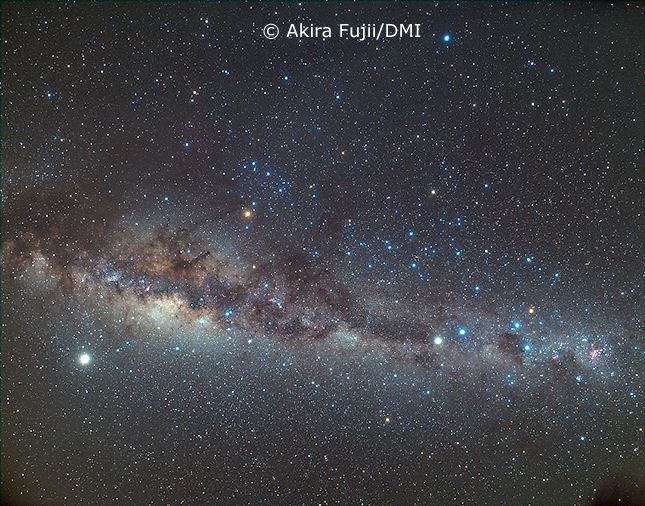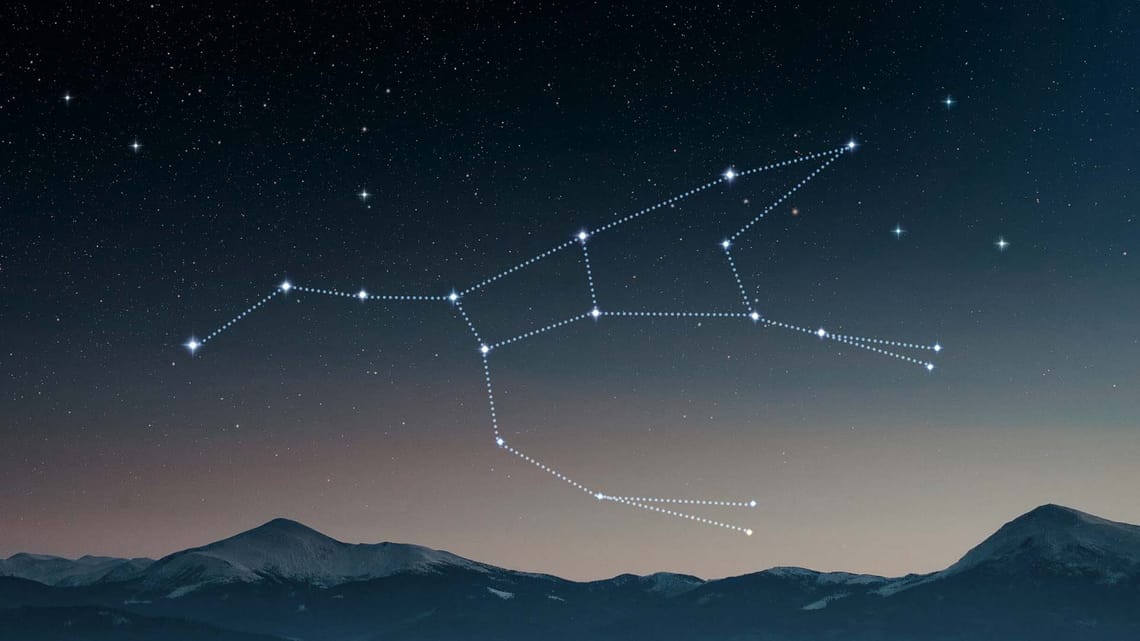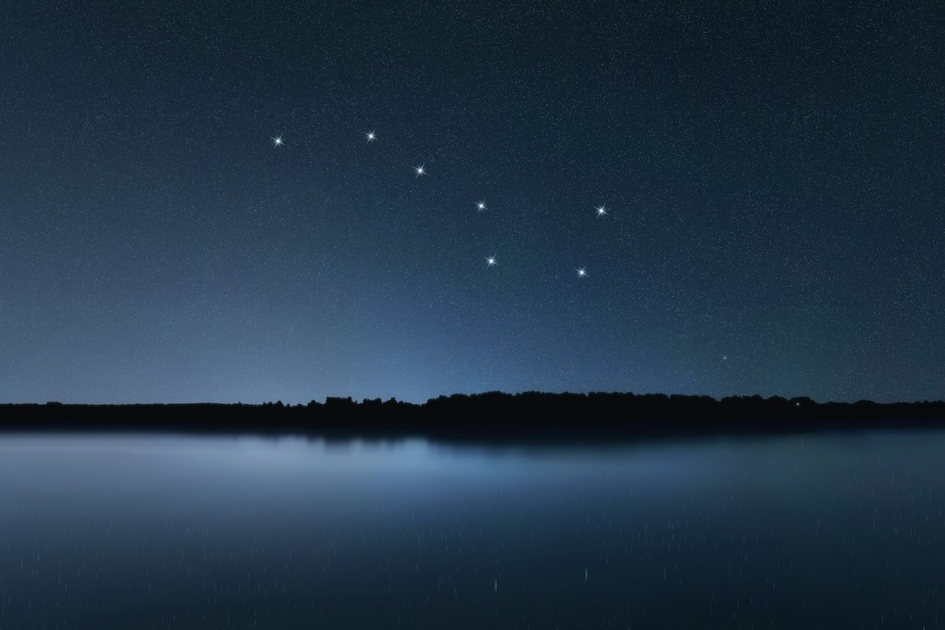APOD Robot wrote:
This line of stars is real. (...) This string of about 20 unrelated stars, each of similar brightness...
Yeah, well. This Coathanger of stars is also real:
And the Coathanger stars are also of a similar brightness, and they are also unrelated. They go by the fancy name of
Brocchi's Cluster, but they are not a cluster, because they are unrelated. That's what makes them (and Kemble's Cascade) asterisms.
Anyway, back to Kemble's Cascade. I have looked up the spectral classes, distances and luminosities of three of the stars. The apparently brightest of the stars of Kemble's Cascade is a star of spectral class B9IV. "B9" means that it is slightly hotter and bluer than Vega, and "IV" means that it is very slightly evolved (that is, it has almost used up the hydrogen in its core and is about to evolve into a giant). It is located at a distance of 385 light-years, and its luminosity in yellow-green light (that is, its V luminosity, which is how the luminosity of stars is traditionally measured) is 106 solar luminosities (or 106
☉).
The reddest star that I have looked up is HD 24065, a star of spectral type K5. Stars of spectral class K5 or M are interesting, because they are either very faint (like
61 Cygni) or exceedingly faint (like
Proxima Centauri), or else they are very respectably bright (like
Aldebaran) or else really truly bright (like
HD 137071), or super-bright like
Betelgeuse and
Antares.
My point is that there seems to be no "middling stars" with "middling luminosities" of about 20-30
☉ or 1
☉, like Sirius or Pollux or the Sun, among the K5 or M-type stars.
The bright late K- or M-type stars are near the end of their lives, and their inflated red brilliance is actually their last hurrah as normally functioning stars (which in the case of stars can last for millions of years, but you know what I mean). So HD 24065 is a very respectable K5-type star of almost 400 solar luminosities, and the next stage of its existence will be the white dwarf stage.
As for HD 25443, near the top of Kemble's Cascade as seen in the APOD, it is the intrinsically hottest, brightest and most distant of all the stars in this asterism. It is a star of spectral class B0III at a distance of some 3,700 light-years, with a luminosity of some 2,000
☉. (Actually it is brighter than that, because the light from this star is very obviously reddened and dimmed by dust.)
It seems obvious to me that HD 25443 is an outlier of NGC 1502, or at least it is clearly related to NGC 1502. We have good reasons to believe that the actual distance between HD 25443 and NGC 1502 is considerably less than a hundred light-years, even though the Gaia parallax suggests otherwise.
(Or maybe Gaia doesn't even suggest that there is such a difference in distance between HD 25443 and NGC 1502. Gaia's measurements come with a certain uncertainty, which I didn't consider or show in my annotation of today's APOD.)
And finally, today's APOD doesn't show us the complete Kemble's Cascade. The end opposite NGC 1502 has actually been cut off in the APOD. Here you can see the complete Kemble's Cascade (and the orientation is different, of course):
Ann
 Kemble's Cascade of Stars
Kemble's Cascade of Stars







